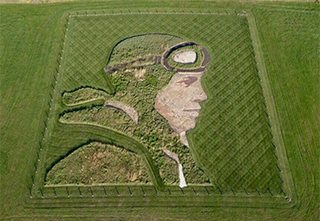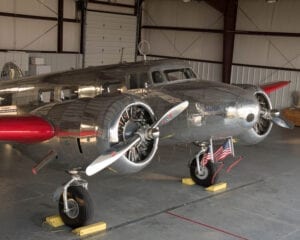
More than 300 years ago, the Atchison region was home to the Kansa Indians. Explorers Lewis & Clark led their infamous expedition of the uncharted American interior through the area, where they celebrated the first Independence Day in the American West in 1804. As the Kansas Territory opened, Atchison was one of its first settlements. Because of its proximity to Denver, steamboat landing on the Missouri River and wagon roads leading to the West, it soon became a leading commercial center.
History of Atchison
During the great Mormon immigration westward, other river towns waned as Atchison grew. City leaders made strategic connections with thousands of Mormons, whom they convinced to cross the river and outfit at Atchison. Steamboats were soon a regular presence at the city’s levee as river boats regularly travelled between St. Louis and St. Joseph. Stage coach lines and freighters made Atchison their eastern terminals, and the United States Post Office established headquarters in the city as the starting point for westbound mail.
The Benedictines were among Atchison’s early settlers, and the Benedictine Brothers and Sisters continue to play an integral role in the community’s cultural, religious and educational development, most notably through St. Benedict’s Abbey, Mount St. Scholastica Monastery and Benedictine College.
As overland trade began to wane in the 1860s, a loan from
Atchison also left its mark on Kansas politics. Atchison lawyer John J. Ingalls played a critical role in creating the Kansas Constitution, later became a U.S. Senator and coined the phrase that would become the state’s motto: ad astra per aspera (to the stars through difficulties.) The city also produced three Kansas Governors and three Kansas Supreme Court Chief Justices.
Wealthy citizens built numerous grand mansions, many of which still stand today, and Atchison offers more than 39 sites on the National Register of Historic Places. Known as “the city that refused to die,” Atchison successfully rebuilt after two flash floods in 1958 devastated its downtown, and constructed a pedestrian mall that stands today as the heart of the downtown district.
The home of numerous “firsts” and notable contributors to historic achievements, Atchison is a unique and beautiful city with a rich and diverse past. But its most enduring and intriguing figure is Amelia Earhart – the world-renowned, trendsetting aviator whose legacy remains an inspiration to countless people – women, aviators, historians, flight enthusiasts, students and theorists – today.
